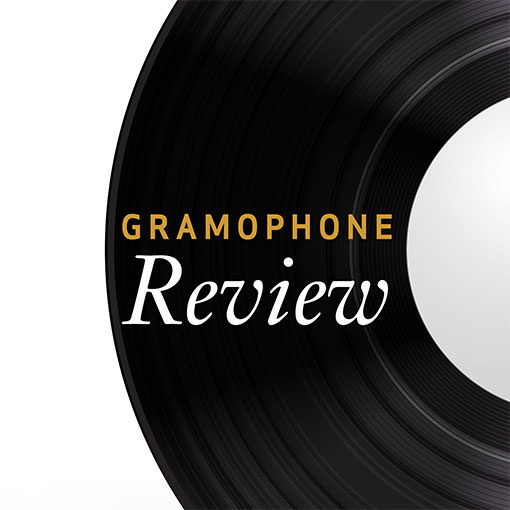Corelli Concerti Grossi, Op.6
View record and artist detailsRecord and Artist Details
Composer or Director: Arcangelo Corelli
Label: Hungaroton
Magazine Review Date: 3/1983
Media Format: Cassette
Media Runtime: 0
Mastering:
DDD
Catalogue Number: MK12376/8

Tracks:
| Composition | Artist Credit |
|---|---|
| (12) Concerti Grossi |
Arcangelo Corelli, Composer
(Franz) Liszt Chamber Orchestra Arcangelo Corelli, Composer János Rolla, Conductor |
Composer or Director: Arcangelo Corelli
Label: Hungaroton
Magazine Review Date: 3/1983
Media Format: Vinyl
Media Runtime: 0
Mastering:
DDD
Catalogue Number: SLPD12376/8

Tracks:
| Composition | Artist Credit |
|---|---|
| (12) Concerti Grossi |
Arcangelo Corelli, Composer
(Franz) Liszt Chamber Orchestra Arcangelo Corelli, Composer János Rolla, Conductor |
Author: Nicholas Anderson
Corelli's Op. 6 contains eights concertos da chiesa and four of the da camera variety. The distinction between the two is sometimes blurred but in general the 'church' concertos follow a scheme based on the slow-fast-slow-fast principle, whilst the 'chamber' concertos contain elements of the suite such as the opening prelude (in style if not always in name) and sequences of dances. What is it, I wonder, that makes this music so compelling to hear and so satisfying, too? Corelli did not invent the form, nor does he reveal himself as creatively adventurous as we find him in the Op. 5 Violin Sonatas, for instance. Dialogue between concertino and ripieno groups is largely conventional and, despite a restrained though varied use of counterpoint, vertical harmony prevails. Yet the result is a form so burnished, so well proportioned and so rich, harmonically, that it represents a sort of perfection, and achieves an ideal which did not escape the notice of writers, both contemporary and subsequent.
The Ferenc Liszt Chamber Orchestra, directed by its leader Janos Rolla, capture the elegance, refinement and harmonious coherence of Corelli's concertos extremely well. The players comprise a fine ensemble and, apart from occasional lapses, intonation is secure and internal balance well maintained. The more stately, richer style of the da chiesa concertos suits them, on the whole, better than the lighter manner of the chamber concertos where textures sometimes sounded too opaque. These are no run-of-the-mill, four-square performances, though, and considerable thought has been given to achieving a stylistic approach. Ornamentation abounds in the numerous little repeated phrases of the concertino parts and elsewhere and, whilst sometimes their propriety seemed questionable, for the most part they added an effective dimension to the scores. Organ and harpsichord are used as continuo support though for variety rather than in opposition to one another. The set is well recorded digitally and pressings are immaculate.
If you don't already have this set of concertos in your collection then I can warmly recommend this new issue though my first preference is still for the separately available records with La Petite Bande. There is much to be said in favour of both approaches, however, and I would warn against regarding the 'period' instrument version as in any sense, definitive. I lost count of the number of languages the interesting accompanying essay is written in, but one of them, rest assured, is English.'
Discover the world's largest classical music catalogue with Presto Music.

Gramophone Digital Club
- Digital Edition
- Digital Archive
- Reviews Database
- Full website access
From £8.75 / month
Subscribe
Gramophone Full Club
- Print Edition
- Digital Edition
- Digital Archive
- Reviews Database
- Full website access
From £11.00 / month
Subscribe
If you are a library, university or other organisation that would be interested in an institutional subscription to Gramophone please click here for further information.





